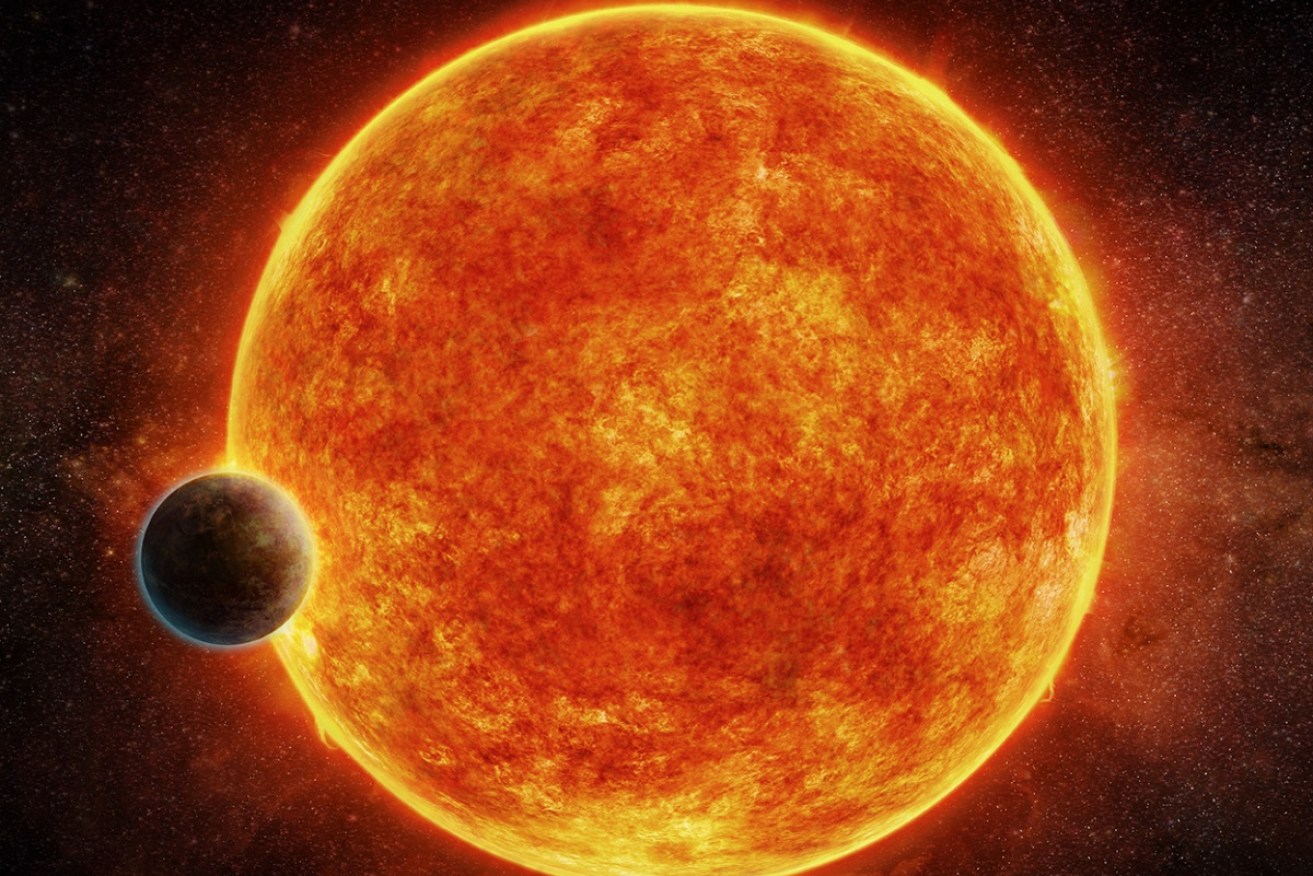Why astronomers are astounded by new ‘super-Earth’


LHS 1140b has been labelled the "most exciting new planet in a decade" by one astronomer. Photo: Harvard-Smithsonian Center for Astrophysics
A newly discovered planet is the most promising yet in the search for extraterrestrial life, according to the Harvard astronomers who found it.
“A newly discovered ‘super-Earth’ orbiting in the habitable zone of a nearby small star, has catapulted itself to the top of that list,” they say in a statement published by the Harvard-Smithsonian Center for Astrophysics.
Their confidence is founded in the unprecedented detail gleaned from the planet, named LHS 1140b, thriving in strange circumstances about 40 light years away.
LHS 1140b is 1.4 times the size of Earth, and 6.6 times heavier and denser. The greater density puts the planet into “super-Earth” class.
This is what has allowed LHS 1140b to have most likely retained much of its atmosphere. This would seem impossible considering the planet is much closer to its star than we are to our sun. There are only 25 days to its year.
The saving grace is that LHS 1140b’s sun is a red dwarf, about one-fifth the size of Earth, and much cooler. Instead of torching LHS 1140b, the star – known simply as LHS 1140 – provides only half the energy that Earth receives. Yet that’s still warm enough for the planet to exist in the Goldilocks Zone, the conditions that allow for liquid water and for some kind of life similar to our own.
However, red dwarfs in their infancy are hell furnaces that quickly burn up much of the star’s resources. This means LHS 1140’s atmosphere should have been burnt away long ago. What saved it, the scientists suggest, is its great mass – its density and heaviness provided a gravitational lock on the atmosphere.
But wouldn’t all the water be evaporated? The researchers suggest that the great mass of the planet might have birthed a magma ocean on its surface for millions of years.
“Powered by heat from naturally radioactive elements, that churning ocean of lava may have fed steam into the atmosphere long after the star calmed to its current, steady glow. This process could have replenished the planet with water, making it suitable for life as we know it,” the statement said.

In December 2011 Kepler 22b was confirmed as the first potentially habitable planet orbiting in the Goldilocks Zone of a Sun-like star. Photo: NASA/jpl-Caltech/Ames
Dr Jason Dittman is lead author of the study, A temperate rocky super-Earth transiting a nearby cool star, published this week in Nature. He said: “This is the most exciting exoplanet I’ve seen in the past decade. We could hardly hope for a better target to perform one of the biggest quests in science − searching for evidence of life beyond Earth.”
The planet was spotted by the MEarth-South survey at the Cerro Tololo Inter-American Observatory in Chile – a purpose-built planet spotter using the transit method, in which a star dims as a planet crosses in front of it as seen from Earth.
By measuring how much light the planet blocks, the team determined that it was about 11,000 miles (17,703 kilometres) in diameter, or about 40 per cent larger than Earth.
“Right now we’re just making educated guesses about the content of this planet’s atmosphere,” said Dr Dittmann. “Future observations might enable us to detect the atmosphere of a potentially habitable planet for the first time. We plan to search for water, and ultimately molecular oxygen.”








